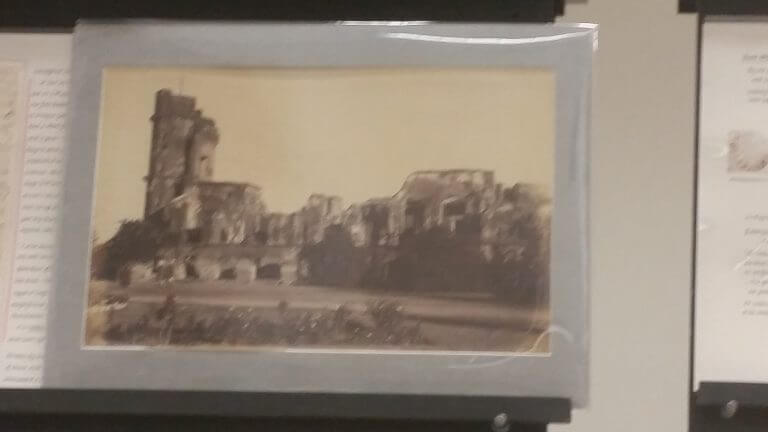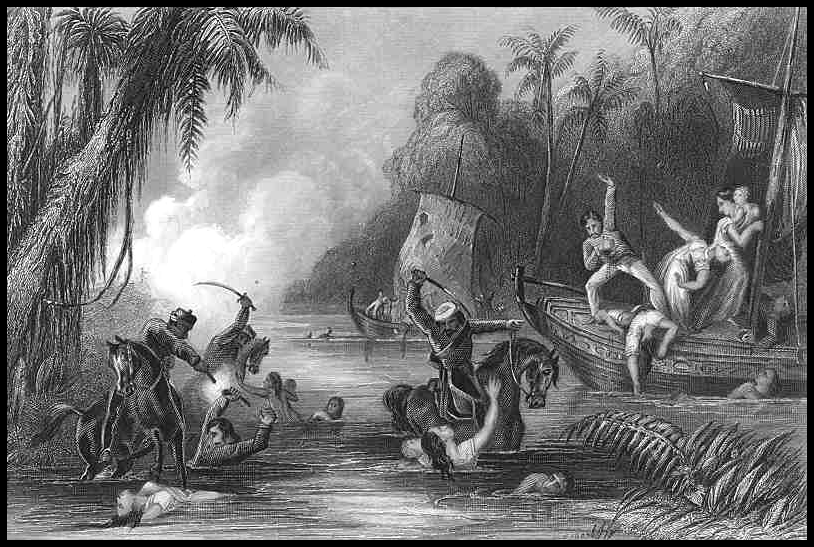

In particular, we welcome explorations of particular phenomena or events that provide insight into the dynamics of historical processes, elucidate historical change at turning points of history, and illuminate the conditions of all things that follow them. In trying to elevate the events of 1857, which interested historians and administrators had not hesitated to call for decades as an ‘Indian Mutiny’, to its right pose of Indian War of Independence, albeit a foiled attempt at that, it is not a work of patriotic alchemist turning base mutineering into noble revolutionary action. It is the editors' hope that contributors will freely develop the “Through the Looking-Glass” aspect of history by implementing a variety of methodological approaches and utilizing a wide range of textual and non-textual sources. Its historical scope encompasses all periods, yet with a focus on the time before 1900. The geographical scope of the JAH is as vast as Asia itself.

John Rivers, visiting Jane Eyre in her humble teacher's cottage, imagines himself for a few moments in. The journal is published by Harrassowitz Verlag, Wiesbaden, Germany. Late in Charlotte Bront's Jane Eyre (1847) occurs a scene in which the clergyman St. 49) are Dorothee Schaab-Hanke (OSTASIEN Verlag Gossenberg, Germany) and Achim Mittag (University of Tübingen). A timeline of the Indian Rebellion of 1857 which began as a mutiny of sepoys of British East India Company's army on, in the town of Meerut, and soon erupted into other mutinies and civilian rebellions largely in the Upper Gangetic plain and Central India.

46-48) by Roderich Ptak, LMU Munich, and Claudius C. 1-45) by Denis Sinor (†2011), Indiana University, Bloomington, and from 2012-2014 (vols. The immediate cause of military disaffection was the deployment of the new breech-loading Enfield rifle, the cartridge of which was purportedly greased with pork and beef fat. His publications in this area include discussions of Arthur Conan Doyle, Arthur Morrison, Fergus Hume, and of the Strand Magazine more widely.The Journal of Asian History, founded in 1967, was formerly edited (vols. The mutiny and great revolt of 185759 When soldiers of the Bengal army mutinied in Meerut on May 10, 1857, tension had been growing for some time. Jane initially accepts going to India but rejects the marriage proposal. His monograph, Purity and Contamination in Late Victorian Detective Fiction, considers how such fictions (and the periodicals in which they appeared) engaged with ideas of material and social purity, ranging from Sherlock Holmes cleaning the face of criminality in “The Man with the Twisted Lip” to the moral policing carried out by the Social Purity movements and late Victorian antivivisection campaigns. Jane Eyre is a novel by the English writer Charlotte Bront. His main research focus is on the popular culture of the nineteenth century, especially the emergence of popular genres in the Victorian fin de siecle and detective fiction in particular. In the final module, we provide a close reading of the climactic scene of the novel – the boat chase down the Thames in Chapter 10 – focusing in particular on the character of the Andaman Islander, Tonga.ĭr Christopher Pittard joined the University of Portsmouth in 2009, having held previous teaching positions at Newcastle University and the University of Exeter. In the third module, we explore the historical events that form the background of the novel, focusing in particular on the Indian Rebellion of 1857, before turning in the fourth module to consider the extent to which The Sign of Four might be described as an imperial Gothic novel. In the second module, we think about Holmes' deductive method, focusing in particular on the first chapter of the novel – 'The Science of Deduction' – and considering the extent to which Holmes' method is as scientific as he thinks it is. We begin by providing a broad introduction to the novel, exploring how the novel came to be commissioned by Lippincott's Magazine, Doyle's decision to reuse the character of Holmes from a previous novel, and his engagement with contemporary ideas about criminality and inheritance. In this course, Dr Christopher Pittard (University of Portsmouth) explores Arthur Conan Doyle's second Sherlock Holmes novel, The Sign of Four (1890). In this module, we think about the nature of the injustice that motivates the crime at the centre novel, focusing in particular on the presentation of the British Empire in general and of the Indian Mutiny of 1857 in particular, as well as the ways in which Doyle collapses the categories of far and near, of colonised and coloniser, of the political/public and the domestic/private.


 0 kommentar(er)
0 kommentar(er)
